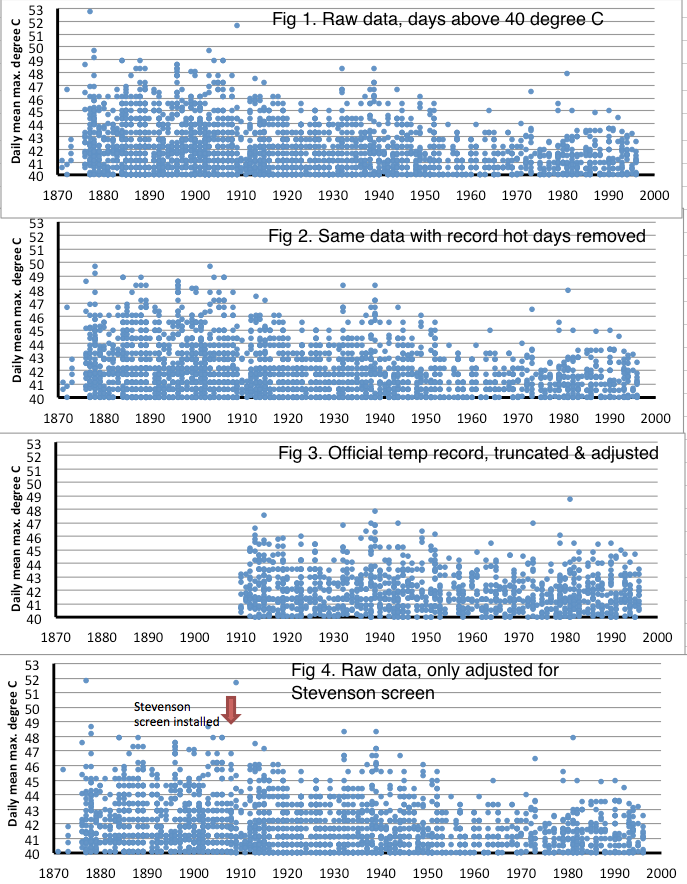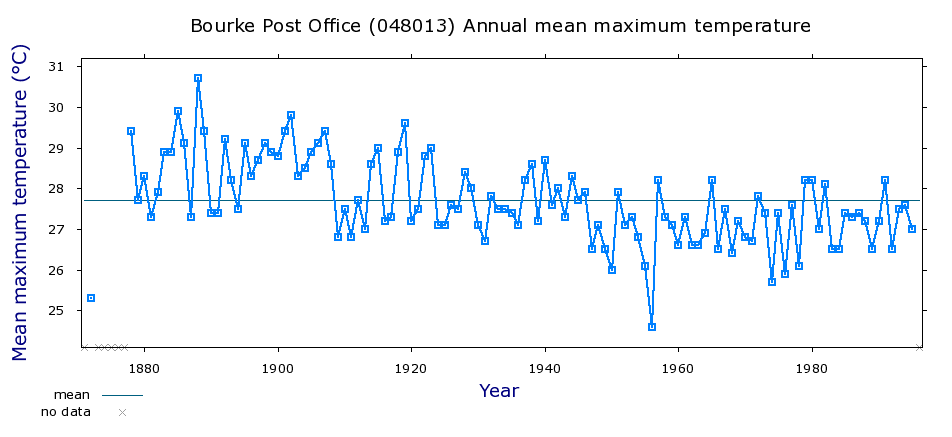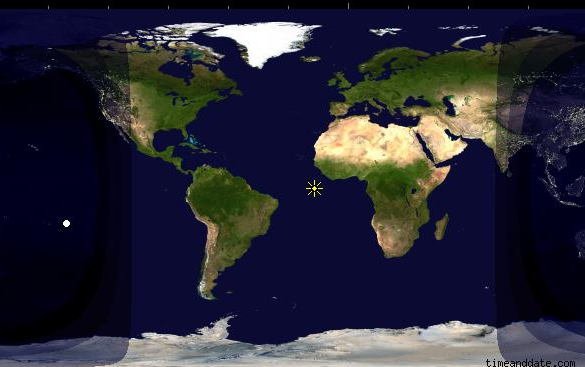WORKING Group II, of the Intergovernmental Panel on Climate Change (IPCC), published their contribution to the Fifth Assessment Report earlier today. The summary document begins by explaining that human interference with the climate system is occurring and climate change poses risks for humans and natural systems. The report goes on to assess the impacts, how we can adapt and why we are vulnerable.
Within an hour of the reports release the Australian Broadcasting Corporation had an article quoting CSIRO’s Dr Mark Howden…
“The world’s leading climate science organisation – the Intergovernmental Panel on Climate Change (IPCC) – has released its fifth report and warns the world is ill-prepared for risks from a changing climate.
The CSIRO’s Dr Mark Howden, who was lead author on the chapter addressing food production and food security, says the report predicts a rainfall reduction of 20 to 40 per cent in parts of southern Australia in coming decades, while rainfall will be more variable in the north.”
I need to file my The Land column this evening and I would like to put the 20 to 40 percent reduction in some context relative to the rest of the report. But I can’t find these figures in the report.
It’s a long report with many components. Can someone help me…
http://ipcc-wg2.gov/AR5/report/final-drafts/
In particular where does it say rainfall will reduce by 20 to 40 percent in southern Australia?




 Jennifer Marohasy BSc PhD has worked in industry and government. She is currently researching a novel technique for long-range weather forecasting funded by the B. Macfie Family Foundation.
Jennifer Marohasy BSc PhD has worked in industry and government. She is currently researching a novel technique for long-range weather forecasting funded by the B. Macfie Family Foundation.